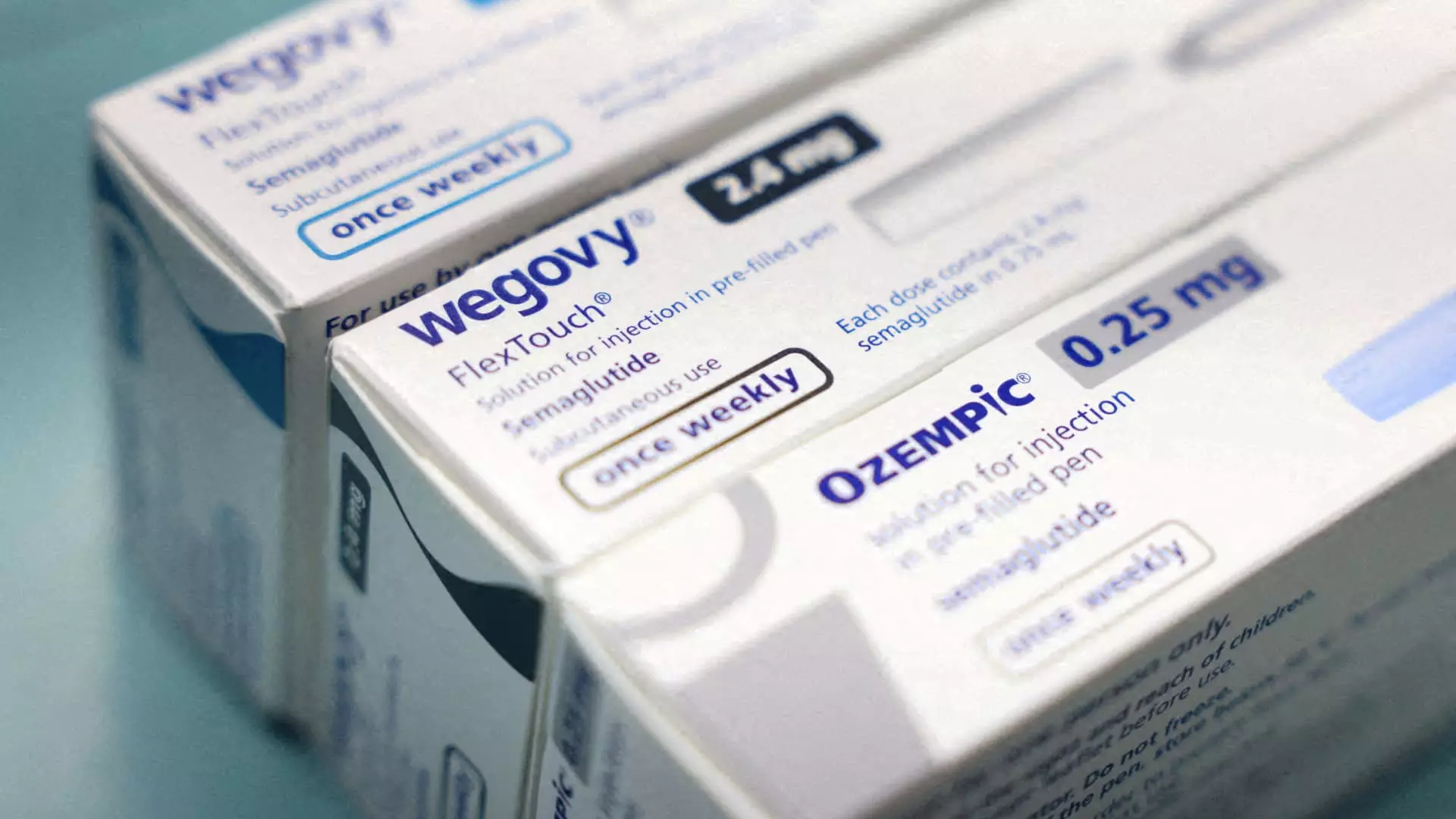The long-standing shortage of Novo Nordisk’s renowned medications, Wegovy and Ozempic, has reached a pivotal resolution as declared by the U.S. Food and Drug Administration (FDA). This announcement, which marks the culmination of a two-year struggle regarding production shortages, fundamentally alters the landscape for weight loss and diabetes treatments in the United States. The implications of this FDA decision reverberate not only through the pharmaceutical industry but also impact patients who have had to rely on compounded alternatives during the scarcity.
Since 2022, the demand for the active ingredient semaglutide, found in both Wegovy and Ozempic, has skyrocketed, causing significant shortages across the country. The surge in patient need has compelled both Novo Nordisk and its competitor, Eli Lilly, to significantly enhance their manufacturing capabilities. The FDA’s recent confirmation that Novo Nordisk can adequately meet current and anticipated demand speaks volumes about the company’s efforts. However, the reality is more nuanced. Despite this declaration of resolved supply issues, the FDA has cautioned that some localized supply disruptions could still occur as products transition through the complex supply chain network to pharmacies. This highlights the ongoing challenges in ensuring a consistent product availability in a market defined by fluctuating demand.
A critical aspect of this development is the potential threat posed to compounding pharmacies, which have played an instrumental role in bridging the gap during the prolonged shortage. These pharmacies have been allowed to produce unapproved, cheaper versions of semaglutide to meet patient needs, effectively circumventing the supply issue presented by the branded versions. However, with the FDA’s recent ruling, these pharmacies now face restrictions and must cease the production of these compounded versions within the next 60 to 90 days. This transition carries multiple ramifications, as patients who were dependent on these unlicensed alternatives may soon find themselves without access to affordable treatment options.
The market dynamics are also being felt by companies like Hims & Hers, which has seen a significant drop in its shares following the FDA’s announcement. This underscores the competitive nature of the weight loss and diabetes treatment sector and highlights how quickly fortunes can shift based on regulatory decisions.
Novo Nordisk’s stock experienced a robust uptick of approximately 5% immediately following the FDA’s resolution, reflecting investor confidence in the company’s future. In contrast, as previously mentioned, Hims & Hers faced a decline exceeding 25% in share value — a stark portrayal of how market expectations can be affected by regulatory shifts. This scenario indicates that as the market for weight loss drugs continues to expand—projected to surpass $150 billion annually post-2030—Novo Nordisk appears to be sharpening its competitive edge, especially against Eli Lilly, whose own medication tirzepatide has also recently exited shortage status.
This competition between two pharmaceutical giants is indicative of a larger trend wherein companies must consistently innovate and adapt to thrive in a fast-evolving market. The availability of FDA-approved semaglutide means that patients can opt for legitimate and safe treatments, reducing reliance on questionable alternatives that pose significant risks to health.
At the heart of this discussion lies the essential consideration of patient safety. The FDA’s statement emphasizes the importance of utilizing FDA-approved medications over potentially hazardous unregulated alternatives. Novo Nordisk’s executive vice president, Dave Moore, articulated this perspective by stating that no patient should have to compromise their health due to misinformation regarding alternative medications. This commitment to public health not only reinforces the need for regulatory standards but also shapes the ethical landscape of pharmaceutical manufacturing.
The FDA’s resolution of the Wegovy and Ozempic shortages stands as a critical juncture in the treatment of obesity and diabetes in the United States. While it heralds improved access for patients reliant on these medications, it also introduces new obstacles for compounding pharmacies and underscores fierce competition in a burgeoning market. Ultimately, the focus must remain on ensuring that patients have access to safe, effective treatments that can improve their quality of life.

